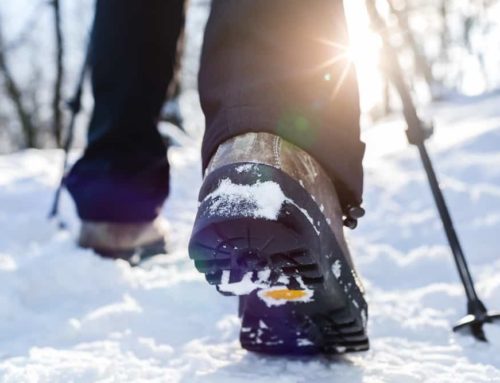I have never felt disabled. I know I am disabled and feeling it and its physical effects are not what I’m contesting. I’m not delusional. I know I have a disability. I’m not ashamed of it either. I have always felt, possibly irrationally, as a child and even now as an adult like an able-bodied person trapped in a disabled person’s body.
This sentiment would absolutely make a lot more sense if my disability were acquired partway through life, before such time I was able-bodied; but that’s not the case with me. I have cerebral palsy, an acquired brain injury due to lack of oxygen to the brain either right before, right after or during birth. Because of this, I have severe spasticity in three of my four limbs and my left foot turns inward; I roll over on my ankle unless I concentrate very hard. I have never been able to walk independently, or without tripping every few steps. Being disabled is the only reality I have ever known.
On a daily basis, I am surround by countless people who walk normally. They are steady as a rock on their feet. Their foot position and overall posture is second nature. Walking is second nature. Most people don’t have to think about it, they just do it. And I always find myself wondering what that’s like.
A few weeks ago, I walked with the LiteGait partial-weight-bearing gait therapy device at Propel Physiotherapy. A chest harness was secured to me via a buckle around my ribcage and between my legs. That harness was then secured to the top of a square frame above my head. The top of the frame is adjustable; to control the amount of slack you are given to move around.
The way the harness is designed and then fastened to you and the machine, it is literally impossible to fall. You might swing around like a drunken sailor a bit, but you won’t fall. This was a completely overwhelming experience to me.
I knew the device was not made for people to walk free of any balancing support, but when I first stood up I was stubborn, bound and determined to not only stand facing out, but holding onto nothing and letting my legs hold me up. To stand, steady, facing out, with my back to the handles for long enough to consciously be able to take in what it felt like to stand free. Free of fear of falling like I never had before.
“So, this is what it feels like! I need to stand here long enough to enjoy this feeling and be able to remember it. Remember it, Layla,” I said to myself.
The LiteGait also has a computer screen which shows you the percentage of your total weight through each individual strap that it is helping to support. In turn, thereby, letting you know how much of your own weight and weight distribution you are controlling. The machine was supporting no more than thirty percent of my weight. The LiteGait wasn’t walking me; I was using it to walk –there’s a big difference.
It was an invigorating and exhilarating experience. My treating physiotherapist was willing to let me sit down after one round through the clinic and I stood for a few minutes, caught my breath and said, “Actually, I feel like I could go again. Can I go again?”
A clinic staff member recorded a few videos on my phone of me walking, and I quickly texted the one I thought was the best to my mom and one of my best friends, only a few minutes after sitting down. My best friend asked me why I kept listing to one side and I explained that my left foot turns in and goes up on tiptoe without fail and that makes it hard to maintain equal weight bearing through both my legs. He teasingly texted back, “You make it sound like walking is hard or something.”
I explained to him why walking with the LiteGait was such a big deal, “It’s super weird, but very cool. It helps to hold and distribute weight so it’s impossible to fall. It also means I don’t have to expend extra energy through my arms to compensate for the lack of balance in my legs. It also normalized my gait like I have never experienced. I have never been able to walk like that without tripping over my own feet with every step… I did two rounds of the clinic and tripped three times. That’s it. My left leg was able to almost match the stride of my right, which also never happens. In this, I could just concentrate on where I was going.”
The LiteGait is an extraordinary tool that is absolutely invaluable to the practice of physiotherapy with clients working on all manner of gait, walking and standing balance. For the first time, I could walk and focus on walking, rather than having to compensate for my legs with my arms, without having to hold myself up with my arms, without having to worry about tripping with every step. Walking with the LiteGait, for the first time my energies and focus weren’t split between half a dozen things, chief among them: making sure I don’t fall. Walking in the LiteGait was as easy as walking has ever been for me.
For the first time in my life, I experienced the closest thing to walking independently. I essentially checked my disability at the door for once as soon as I stood up. It was overwhelming and life-changing, even for a fleeting moment to stand, close my eyes and allow myself to believe that my wheelchair didn’t exist. It didn’t need to exist because I finally knew what it was like to stand on my own two feet, holding onto nothing knowing that I wasn’t going to fall.
Those few seconds of stationary freedom were exhilarating to me. Probably more than anyone for whom walking is second nature could understand. For those few seconds, standing on my feet with nothing ahead of me but a room that begged to be walked in, I felt like I was able to fly!
The opinions expressed in this article may be those of a guest author and not necessarily Propel Physiotherapy.
Written by




